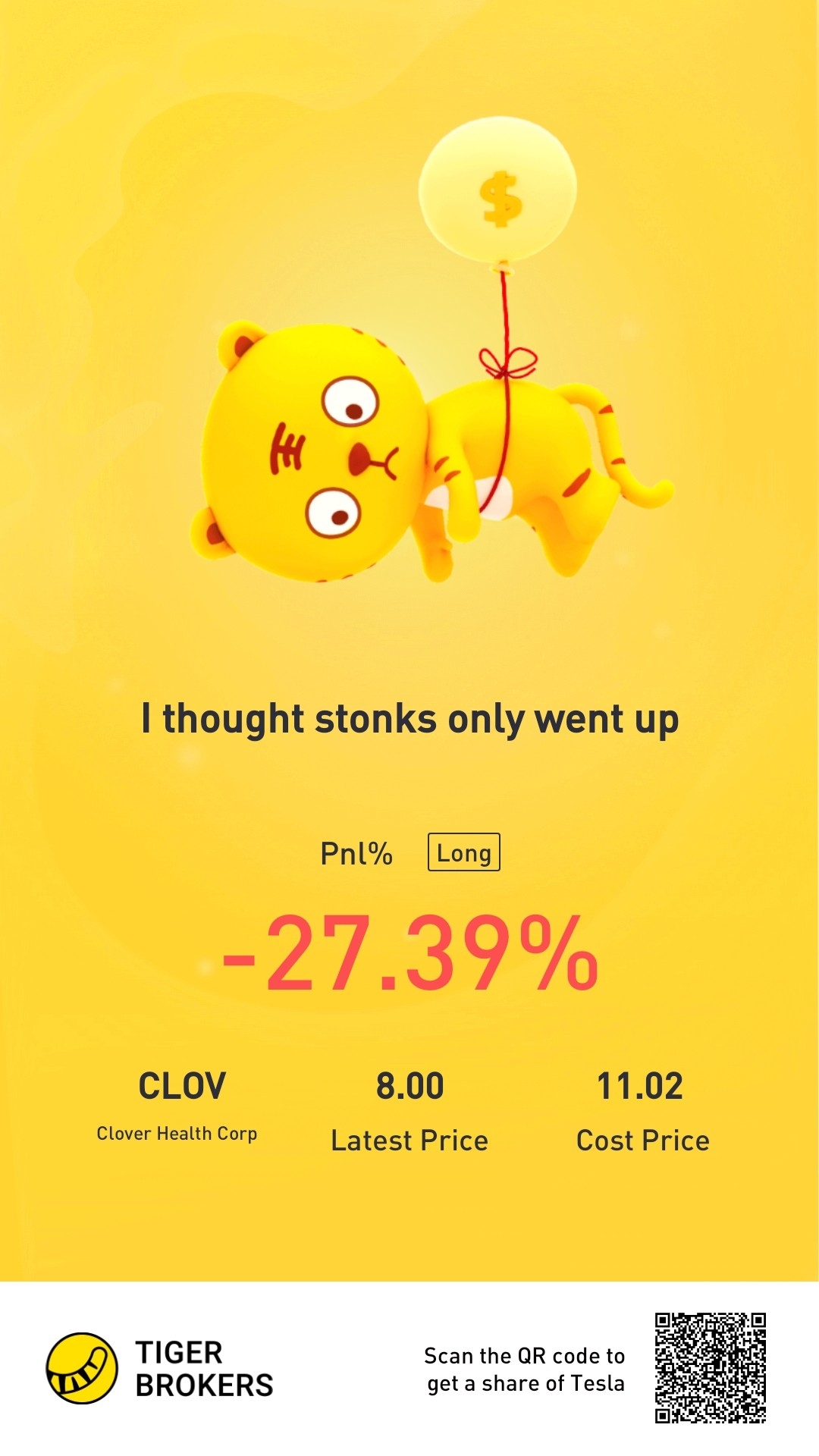
sleepymoon
No personal profile
8Follow
10Followers
0Topic
0Badge
Like please
Sorry, the original content has been removed
Like pls
China's Xinyi Glass leads rise in new comers on Hang Seng Index
Like please
Sorry, the original content has been removed
Like please
Bitcoin Briefly Tops $50,000 Level for First Time Since Mid-May
Like please
Sorry, the original content has been removed
Like please
Sorry, the original content has been removed
Please like and comment pls
AMD, Intel, And Nvidia: Which Is The Best Chip Stock?
Like please
Sorry, the original content has been removed
Like please
Sorry, the original content has been removed
Like plss
Tesla Stock: Headed to $1,200?
Please like
Sorry, the original content has been removed
Like
Sorry, the original content has been removed
Like please
Wall St snaps five-day up streak as caution rises before tech earnings, Fed
Like please
SoFi Technologies: A Next Generation Banking Disruptor
Like plss
Chinese education stocks are trading sharply lower Fridaya after Bloomberg report suggested...
Like please
Wall Street bounces back on renewed economic optimism
Like please
Sorry, the original content has been removed
Like please
Sorry, the original content has been removed
Like please
Dow retreats slightly from record as hot inflation report overshadows strong earnings
Like please
XPeng: Leader Of Chinese Vehicle Electrification Efforts
Go to Tiger App to see more news